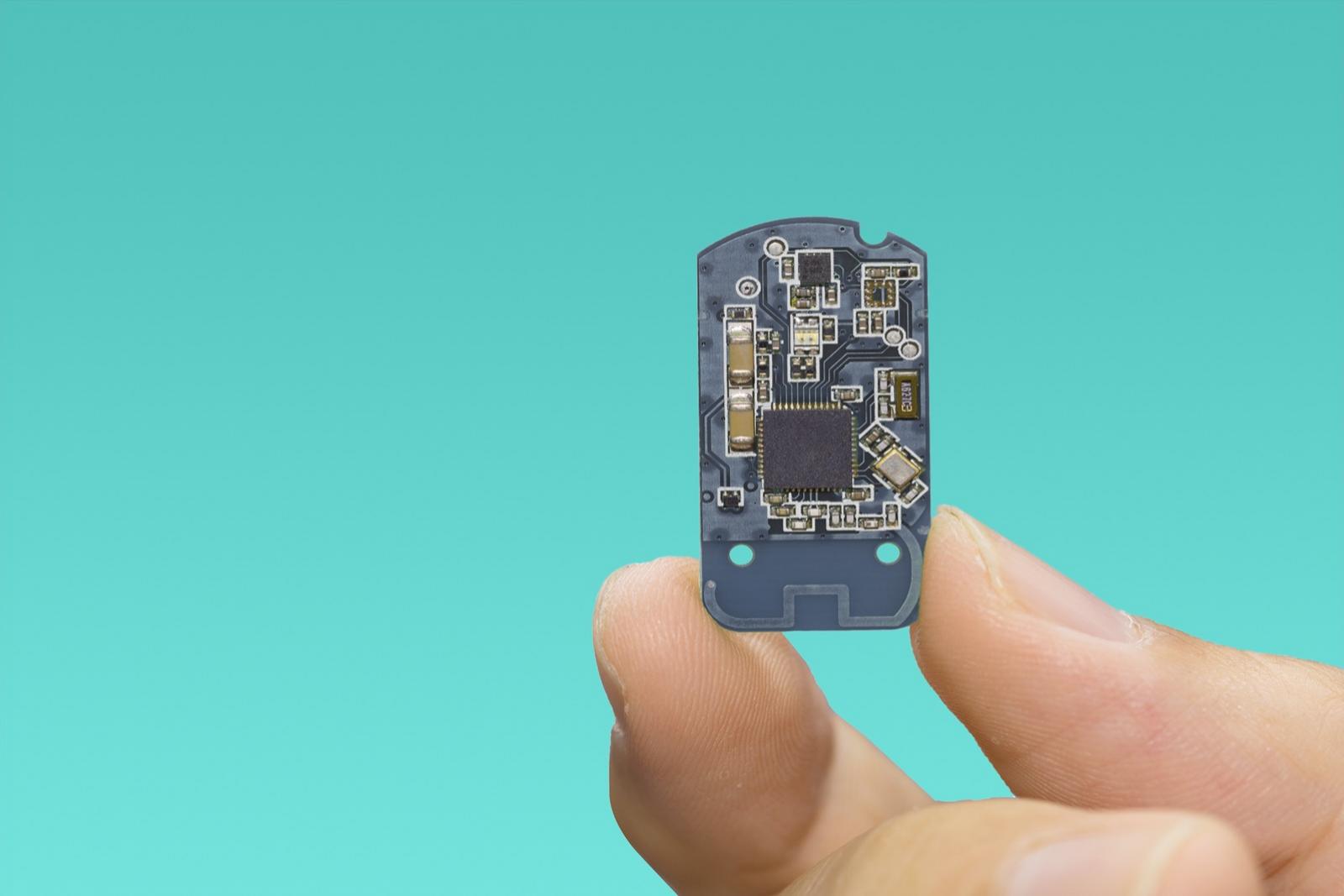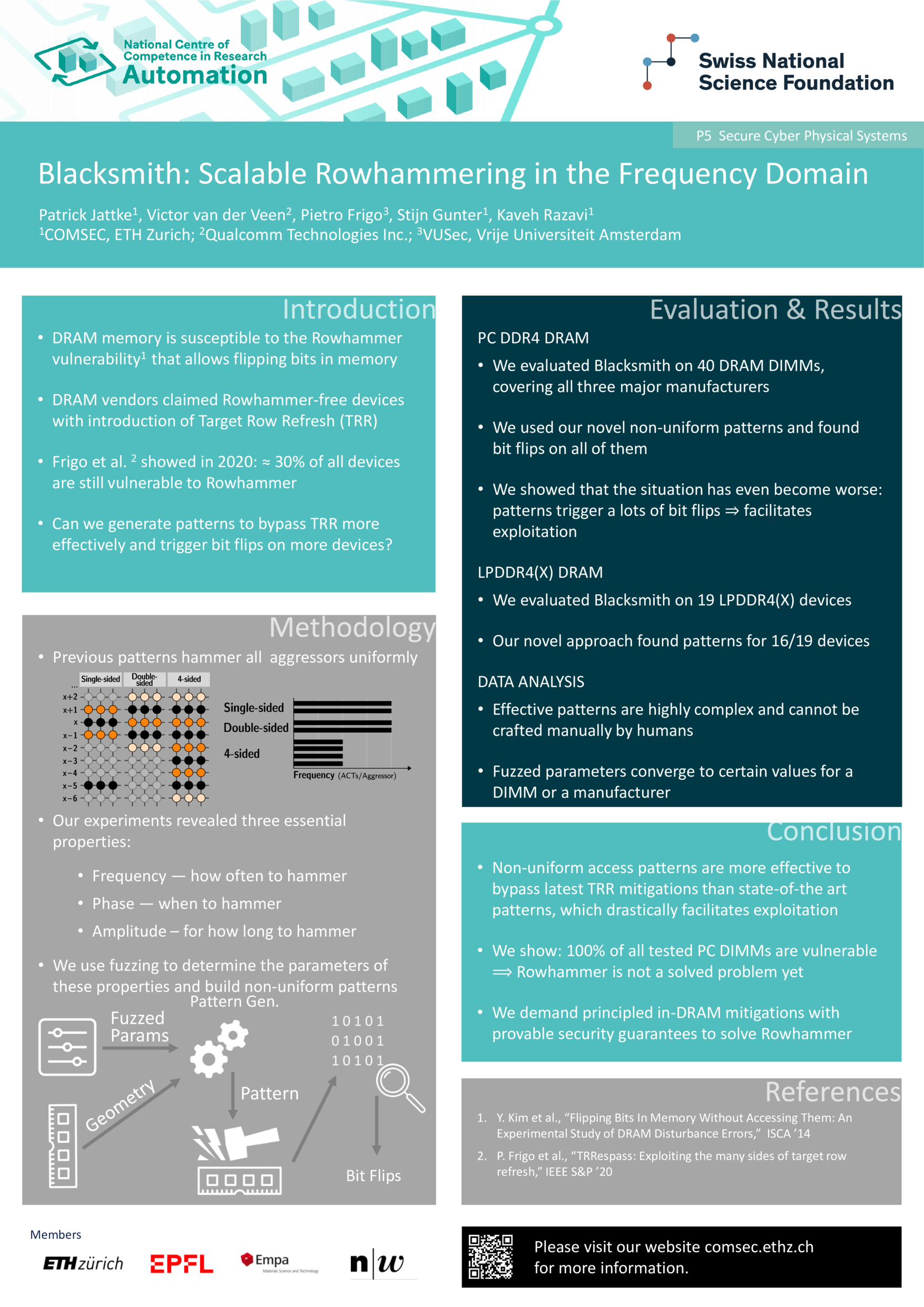Computational methods
To put the new automation and control concepts into practice, we integrate them into scalable overall systems, and develop hardware concepts and computer-aided approaches to, among others, protect the systems from cyberattacks.

The hierarchical control concepts and mathematical methods developed in the Theoretical Foundations work package are meant to be applied to real systems. To make this happen, computer units in numerous decentralised system components have to perform local computation, but also communicate and coordinate with each other. And the entire system must function robustly and reliably. To achieve this, we are working on the following research topics:
- Scalable and correct by design synthesis In real life, constraints such as limited computing capacity, transmission speed, or energy supply mean that compromises are necessary when implementing the control strategies in individual components. Nonetheless, the entire control network must function. This is why we develop scalable design methods, coordinated algorithms and new types of embedded systems that interact seamlessly to form a distributed, hierarchical control system.
- Secure cyber-physical systems Although digitalisation presents many opportunities for increased automation, it also poses new cybersecurity risks. These risks must be minimised, or ideally eliminated, especially in safety-critical areas such as the energy networks, transportation and industrial processes. We are therefore developing cybersecurity tools to make automation systems resilient against malicious attacks.




































